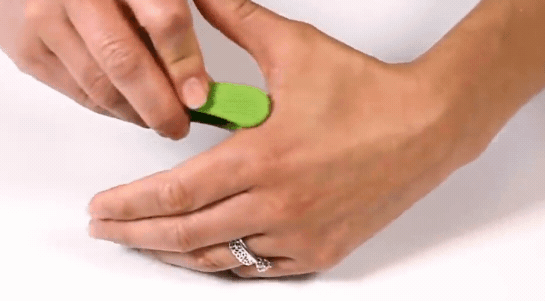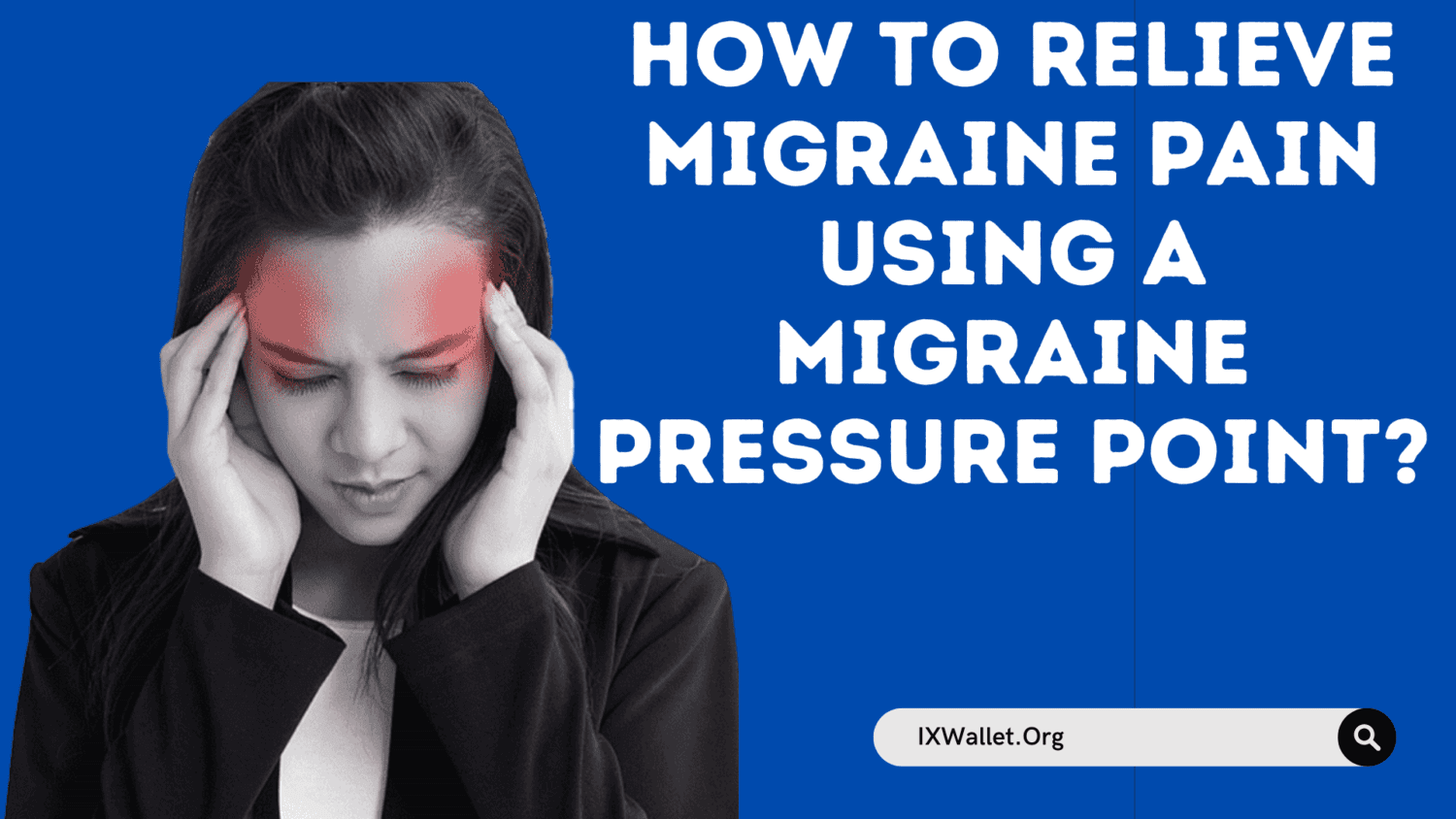Are you tired of taking medicines, applying cold compresses, and consuming coffee in an attempt to alleviate your headache? It’s time to find out how to relieve migraine pain using a migraine pressure point.
Your search for a cure may have come to an end. The answer lies in acupressure, which can alleviate migraine discomfort and aid in the elimination of dizziness and nausea.
Numerous individuals turn to natural cures when all other treatments have failed. Still, regardless of their safety record, there are always hazards of doing new things, so let’s discuss what exactly this approach includes before proceeding.
Acupressure is an old, natural method of pain relief by pressure points on the body ches.
What can acupuncture and acupressure be used for?
Acupuncture and acupressure are both pain-relieving practices of alternative medicine. Acupuncture employs needles, but acupressure employs noninvasive touch.
You apply pressure with your fingers to certain acupoints on your body to relieve headaches.
But what are the specifics of acupressure?
On the basis of these alternative medical methods on life energy, Qi or Chi runs along pathways in the body that can get blocked by physical strain such as muscle spasms and mental stress and anxiety disorders.
Acupressure is an ancient kind of therapy that has been performed in China, India, and Thailand for thousands of years. Applying pressure to certain places along the wrist or finger treats everything from insomnia to stress-related conditions.
Acupressure includes applying pressure to particular areas of the body “acupuncture spots” or “acupoints,” which are present all over the body and have varying effects depending on the type of pain.
How could acupressure help relieve your migraine pain?
Acupressure is an effective treatment for migraines. According to the numerous trials across cultures and time periods, acupressure provides treatment for depression, anxiety disorders such as post-traumatic stress disorder (PTSD), panic attacks, and nausea/vomiting caused by chemotherapy side effects.
It is also effective for those with persistent health issues, such as low back discomfort. It is also free and simple enough to perform on your own if you are suffering symptoms of these illnesses.
A large number of individuals have utilized acupressure to treat themselves. However, there are still many unanswered concerns regarding how acupressure works and what benefits it may offer in everyday life.
A 2011 analysis published in the Journal of Pain Symptom Management revealed that 35 out of 43 studies found evidence that acupressure alleviated a variety of sickness symptoms. Nonetheless, due to bias, this was insufficient evidence as to whether or not it made patients feel better, given that all of these factors were measured differently, leading us to speculate that placebo effects may play a larger role here.
However, other recent study is promising, so we should continue our investigation. While there are no scientific studies to support this claim, a large number of individuals assert that this form of massage is effective at alleviating their symptoms, particularly for those who suffer from chronic diseases such as headaches and migraines.
Is acupressure effective against migraines?
Acupressure delivers instantaneous relief, so why not try it during a migraine attack? However, you will likely not be able to use pressure points if you are in discomfort. The good news is that someone else can do that for you without diminishing its effectiveness if you teach them how.
How to use acupressure for headaches?
Pressure point therapy is the secret to headache/migraine relief. After 15 to 20 seconds of pressure on a specific spot, you will get relief in your brain for hours. If you believe this could assist with your chronic pain, you should give it a try.
What Acupoint Should I Press To Relieve Headache Pain?

Pressure point therapy is the key to relieving headaches and migraines. After 15 to 20 seconds of pressure on a precise location, the brain will experience hours of relief. If you believe that this could help with your chronic pain, you should try it.
Acupoint: LI-4
- Form a L shape with one hand
- Use the thumb of the opposite hand to pinch the index finger and thumb together.
- Press down simultaneously with both hands for 15 to 30 seconds to release tension throughout the entire body (not just at specific points).
Someone really invented a little device called Aculief that does this function. This wearable device cures headaches and tension by applying pressure to the LI4 acupressure point. It has been used for hundreds of years in traditional Chinese medicine.
It works by releasing the body’s natural endorphins to provide pain relief faster than conventional drugs or massage treatment.
The uses of migraine pressure point
The pressure points are an excellent means of obtaining rapid relief. According to Taw, you can experience some pain relief simply by applying them correctly.
There are numerous pressure point treatments for headaches, including:
Utilizing these specific acupoints when you feel a migraine on the horizon is a prophylactic measure against migraines.
Who shouldn’t use a migraine pressure point?
Use Acupressure multiple times each day without causing harm. However, exercise caution and avoid applying pressure to any locations where you have burns or infections, as this could exacerbate the pain.
Additionally, pregnant women should consult their physician prior to attempting acupressure, as certain spots may induce contractions in pregnant women.
Conclusion
In conclusion, stimulating acupressure sites on your body is a natural and risk-free method of pain alleviation. However, it cannot be the primary treatment for serious diseases or disorders.
Despite this, you can always test it for yourself. There is no downside to doing so.

